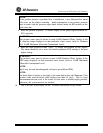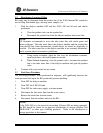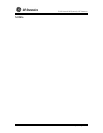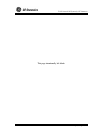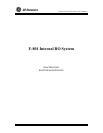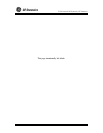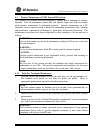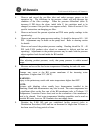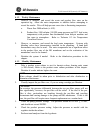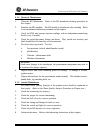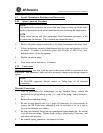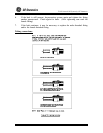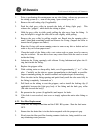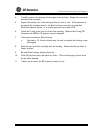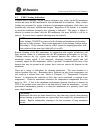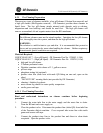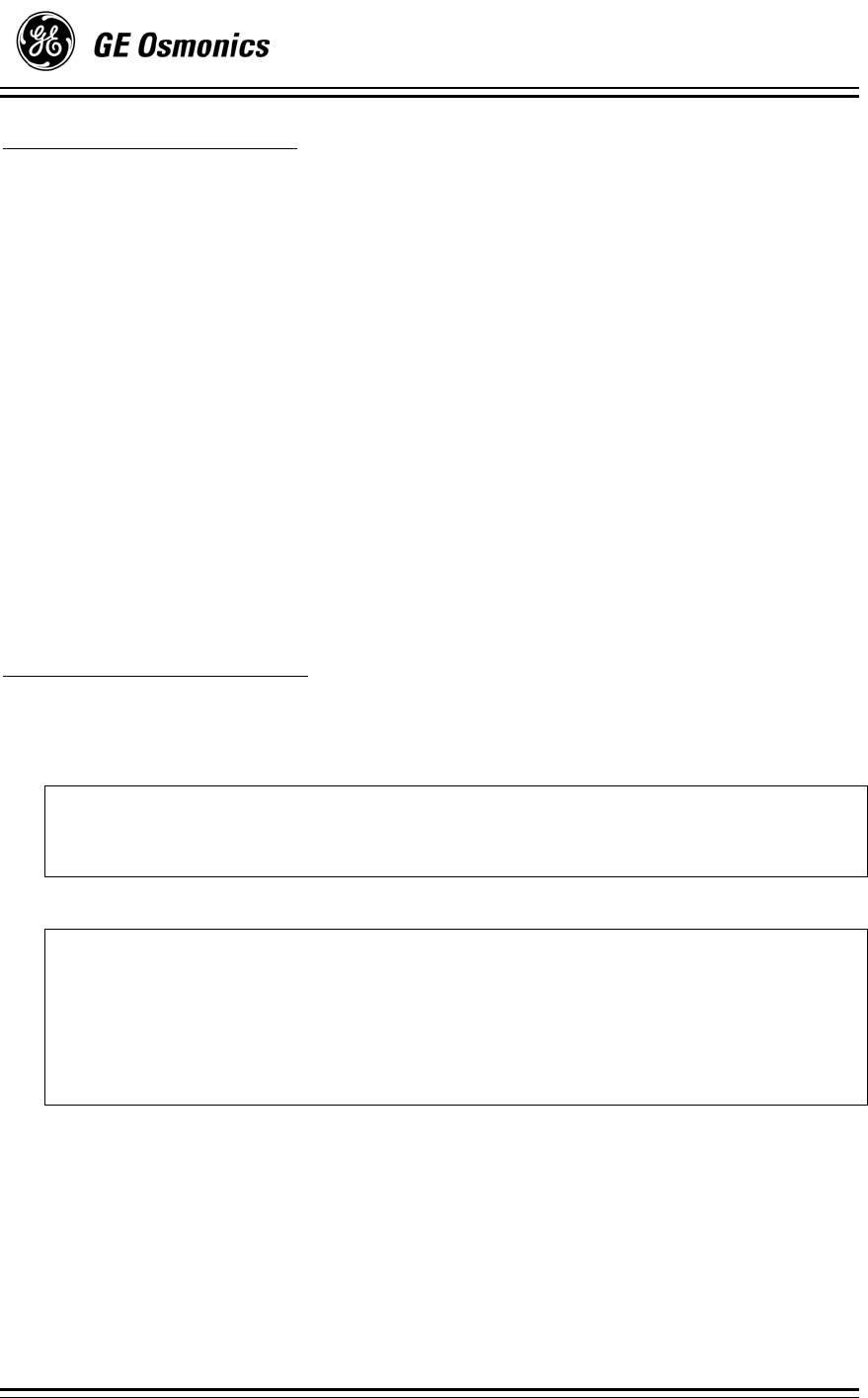
F-801 Internal RO System by GE Osmonics
12552e – 27 Feb 04 4- 5 Routine Maintenance
4.1.2 Weekly Maintenance
1. Observe, or measure, and record the waste and product flow rates on the
operation log.
Allow the water temperature to stabilize before attempting to
record the results. This will help prevent errors due to fluctuating temperature.
a. Waste flow 2000 ml/min (±10%)
b. Product flow 1580 ml/min (150 PSI pump pressure and 25C feed water
temperature) with product line disconnected from dialysis machine and
line open to atmosphere. Refer to Technote 113 for Temperature
Correction Factors.
2. Observe, or measure, and record the feed water temperature. Systems with
blending valves have thermometers installed in the plumbing. A hand held
thermometer may also be used. The water temperature has a significant effect
in the product flow rate of the RO membrane and on the evaluation of the
membranes’ need to be cleaned.
3. Disinfect the system if needed. Refer to the disinfection procedure in this
chapter.
4.1.3 Monthly Maintenance
1. Take a product water culture to test for bacteria colony forming units count
(<200 cfu/ml). Refer to the product water culture procedure in this chapter.
Disinfect if results indicate higher cfu count.
NOTE:
Water cultures should be taken prior to disinfection and after disinfection to
determine effectiveness.
2. Visually inspect the pre-filter core, if you are using cartridge pre-filtration.
CAUTION:
On occasion, the pressure differential between the two pre-filter gauges will not
alter significantly, however, the pre-filter will be soiled. If the core of the pre-
filter is dirty, particulates are breaking through the pre-filter and traveling
downstream and causing damage to the pump and RO membranes. If this is the
case, the pre-filter will require more frequent replacement on a routine basis.
3. Check the pump pressure settings. The pressure should be 150 PSI ± 10 PSI,
and should not exceed 200PSI.
4. Check the product pressure setting. Adjust the pressure as needed with the
regulator inside the cabinet.
5. Perform trend analyses from the log sheets.



